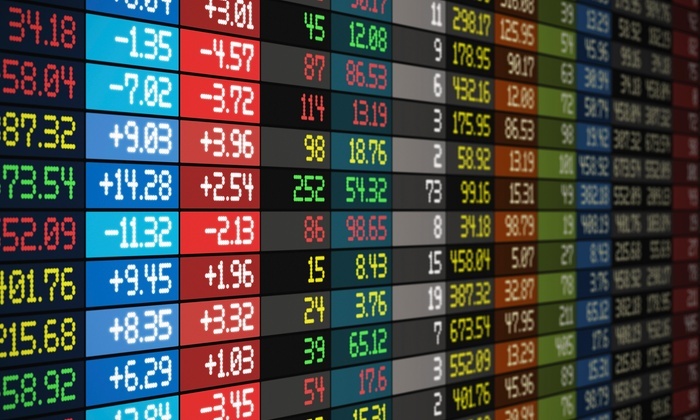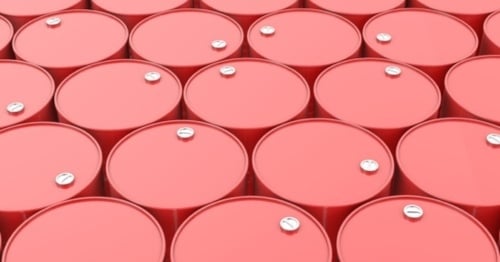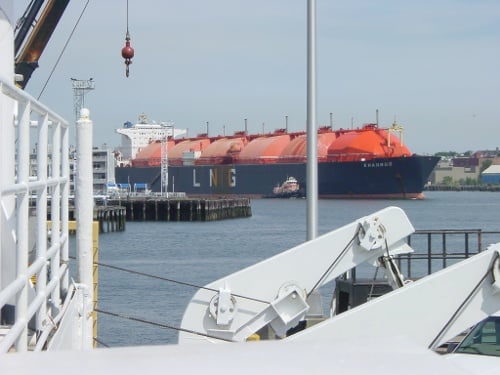3 min read
A New Look At Sovereign Oil Hedging Strategies
Last December, in a post titled Sovereign State Oil Hedging On The Rise, we highlighted the hedging initiatives of several sovereign oil and gas...

Given the decline in oil prices we've recently received several inquiries asking who is well hedged and who is not, particularly among the various sovereign entities that have significant exposure to oil prices, both producers and consumers. As we've noted in numerous posts in the past (e.g. Sovereign Oil & Gas Hedging - A Different Perspective, those who generally have the most to gain, or lose, from hedging or not hedging are countries whose economies are heavily reliant on oil revenues i.e. OPEC members.
However, Mexico is generally the only one of said countries who is known to consistenly hedge their oil revenues. According to the Mexican government, the country has hedged 228MM BBLS (estimated annual production is 398MM BBLS) for 2015 at $76.40/BBL and has allocated $584MM from its "oil rainy day fund" to complement the hedges, if necessary. As of April, Finance Minister Luis Videgaray said the country had yet to enter into any hedges for 2016 but would be doing so regardless of the lower price environment. However, a Reuters article published last month stated that a couple of trades which expire in November 2016 and were reported in an SDR (swap data repository) appeared similar to Mexico's past oil hedging transactions, the volumes aren't large enough to be meaningful (2MM BBLS), if even the Mexican government was the buyer.
Apart from the obvious "victims" such OPEC members, what other countries are feeling the pain of lower oil prices? Ghana, for example, implemented a successful hedging program in 2010 but the program was discontinued in 2012, much to the dislike of many including the country's former minister of finance, Kwabena Duffuor. Duffuor recently told a conference in London, “If we were buying at $100, it is now $40 or $50, we would have made huge savings, so for consumption you have made savings there. At the same time if we had put the put option in place and we had sold the oil at that price because of the put option, we would have also gained, so Ghana was going to win on the consumption side and win on the export side”.
On the consumer side many sovereign/quasi-sovereign airlines are benefitting from lower prices while others are likely suffering large losses. For example, Cathay Pacific, the flag carrier of Hong Kong, is said to have hedged 44% of the carrier’s projected fuel needs for 2015 at $101/BBL (Brent) and 25% of 2016 and 2017 at an average price $99/BBL. In May Singapore Airlines reported an annual (1 April 2014 – 31 March 2015) hedging loss of S$549MM ($416MM) and has stated that is has hedged approximately 45% for the current fiscal year at an average price of $104/BBL. While certainly not a sovereign company, according to a recent Reuters article, based on forward prices as of last week Southwest Airlines is looking at 2015 hedging losses of $308 million and $1.3 billion through 2018. On the contrary, several sovereign airlines (i.e. Emirates) are fully enjoying lower fuel prices as they are not currently hedged.
On the flipside, some governments are taking advantage of the lower price trend to initiate new hedging programs. As of a June, the Jamaican government has been hedging the country’s oil imports. According to various reports, the country has bought call options covering 8MM BBLs at an average premium of $3.48/BBL and an average strike price of $66.53/BBL. The options are said to extend through December 2016.
In summary, oil prices have presented and will continue to present significant financial challenges to both oil producing and oil consuming countries. Some will face said challenges because they have not hedged their exposure to lower oil prices, others because they have hedged at much higher prices and/or with less than ideal strategies. Yet others will follow the likes of Mexico and Jamaica and decide to implement conservative hedging programs which allow them to weather the storm and perhaps the next storm as well. And a few, like Emirates, will determine that their business model is robust enough to ride the roller coaster without hedging, knowing full well that oil prices will rise yet again sometime in the too distant future.

3 min read
Last December, in a post titled Sovereign State Oil Hedging On The Rise, we highlighted the hedging initiatives of several sovereign oil and gas...

4 min read
Over the course of the past few months we've met with numerous government ogranizations and state owned companies, both producers and consumers,...

2 min read
As crude oil and jet fuel prices continue to decline, many airlines are adapting their fuel hedging strategies to account for the current, lower...